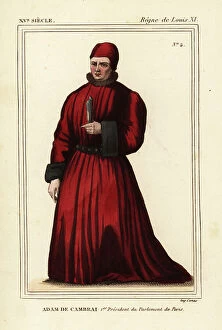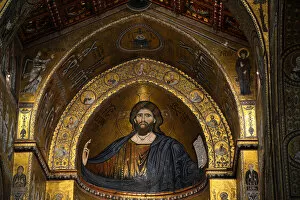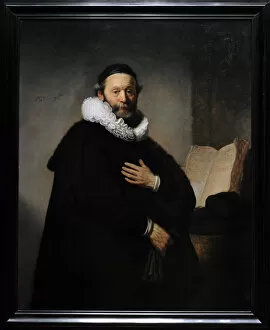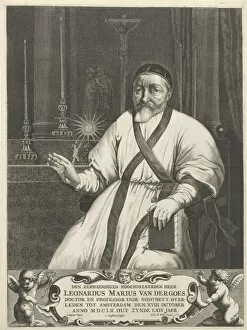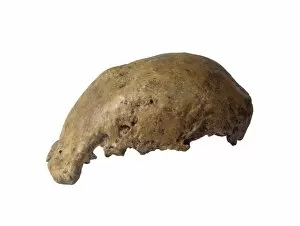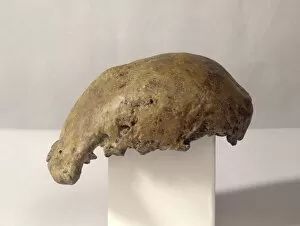Calotte Collection
The calotte, a term derived from the French word for "skullcap, " has a rich history and diverse range of meanings
All Professionally Made to Order for Quick Shipping
The calotte, a term derived from the French word for "skullcap, " has a rich history and diverse range of meanings. In the realm of art and culture, it is associated with various significant figures and iconic works. One notable reference to the calotte takes us back to Adam de Cambrai, the first president of the Parlement. His influential role in shaping legal systems highlights how this headpiece symbolizes authority and power. Moving on to religious art, we encounter Christ Pantocrator's main apse calotte mosaic. This masterpiece showcases divine majesty and serves as a reminder of spirituality's profound impact on society. In portraiture, Rembrandt captures Johannes Wtenbogaert wearing an ecclesiastical costume complete with a calotte. The artist skillfully portrays both individuality and social status through this distinctive headwear. Interestingly, during Napoleon Bonaparte's reign in 1815, there was an expression: "I resume my cap and I leave you the cap; long live the emperor. " This phrase reflects how even headgear like the calotte became intertwined with political allegiance during that era. Shifting our focus to scientific discoveries, Homo erectus craniums C016/5606 and C013/6553 provide valuable insights into human evolution. These ancient skulls' unique shape includes a prominent calotte region that sheds light on our ancestors' physical characteristics. Lastly, let us not forget about nature's wonders—the majestic Mont-Blanc mountain range boasts its own impressive feature known as "La Calotte des Mont-Blanc. " This snowy crown atop Europe's highest peak captivates adventurers worldwide with its breathtaking beauty. From historical figures like Adam de Cambrai to artistic masterpieces by Rembrandt or natural marvels such as Mont-Blanc's summit—each mention of "calotte" reveals different facets of human civilization throughout time.

